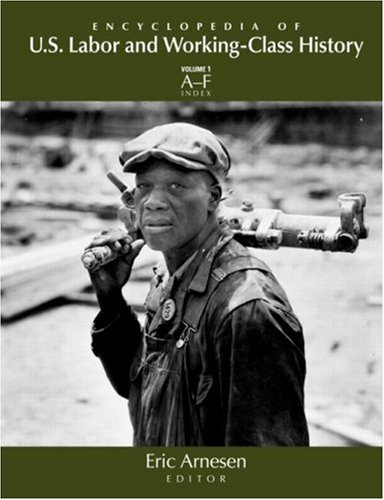

Most ebook files are in PDF format, so you can easily read them using various software such as Foxit Reader or directly on the Google Chrome browser.
Some ebook files are released by publishers in other formats such as .awz, .mobi, .epub, .fb2, etc. You may need to install specific software to read these formats on mobile/PC, such as Calibre.
Please read the tutorial at this link. https://ebooknice.com/page/post?id=faq
We offer FREE conversion to the popular formats you request; however, this may take some time. Therefore, right after payment, please email us, and we will try to provide the service as quickly as possible.
For some exceptional file formats or broken links (if any), please refrain from opening any disputes. Instead, email us first, and we will try to assist within a maximum of 6 hours.
EbookNice Team

Status:
Available0.0
0 reviewsThe Encyclopedia of US Labor and Working-Class History provides sweeping coverage of US labor history. Containing over 650 entries, the Encyclopedia encompasses labor history from the colonial era to the present. Articles focus on states, regions, periods, economic sectors and occupations, race-relations, ethnicity, and religion, concepts and developments in labor economics, environmentalism, globalization, legal history, trade unions, strikes, organizations, individuals, management relations, and government agencies and commissions. Articles cover such issues as immigration and migratory labor, women and labor, labor in every war effort, slavery and the slave-trade, union-resistance by corporations such as Wal-Mart, and the history of cronyism and corruption, and the mafia within elements of labor history. Labor history is also considered in its representation in film, music, literature, and education. Important articles cover the perception of working-class culture, such as the surge in sympathy for the working class following September 11, 2001. Written as an objective social history, the Encyclopedia encapsulates the rise and decline, and continuous change of US labor history into the twenty-first century.